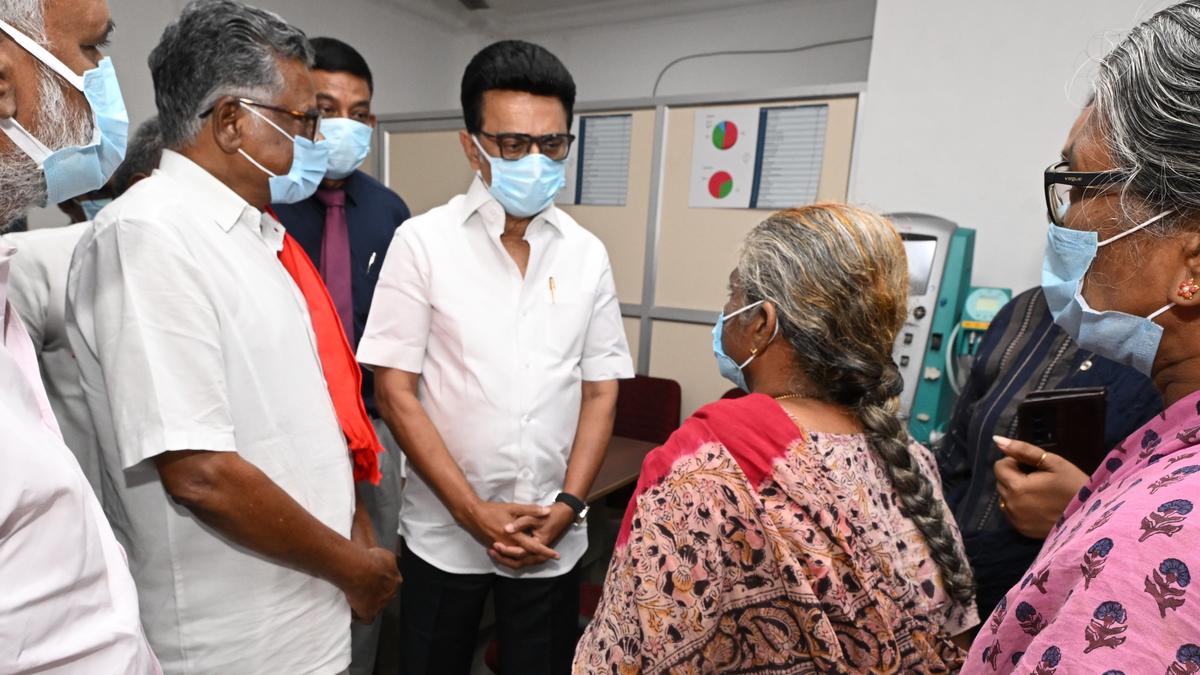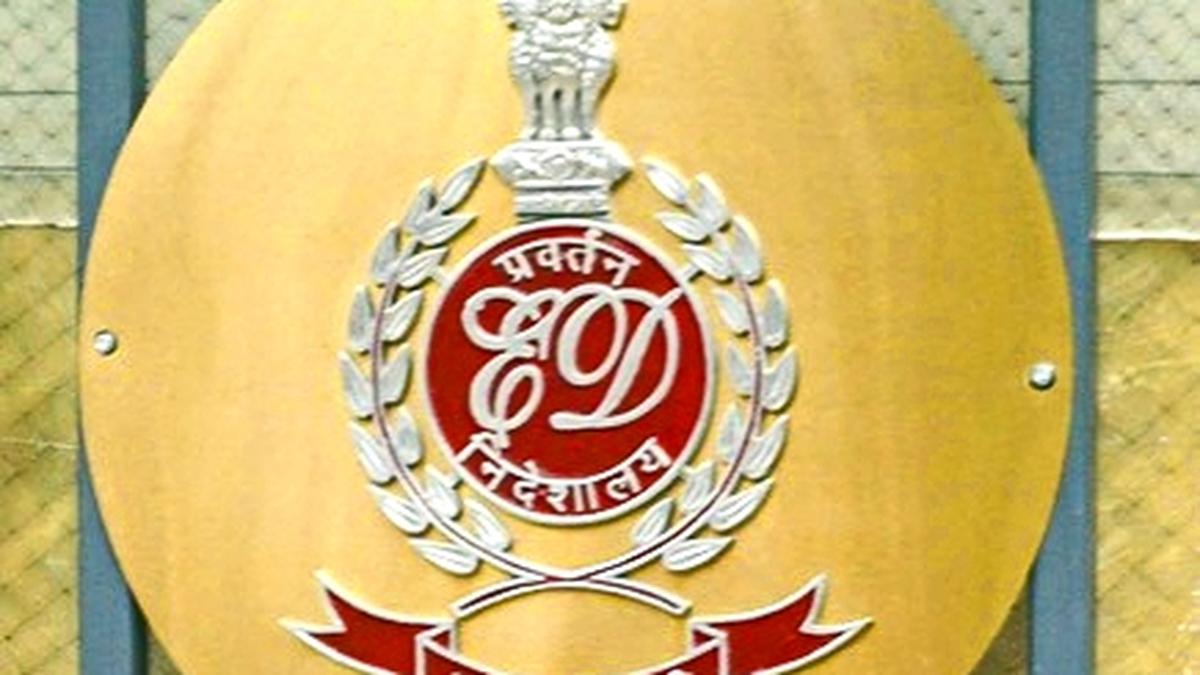A study conducted by the Center for the Study of Science, Technology, and Policy (CSTEP) has found that heavy commercial vehicles (HCVs) or super-emitter trucks emit 4 to 11 times more than non-super-emitter ones.
The study, ‘Heavy Duty, High Impact: Mitigating Heavy Commercial Vehicle Emissions in India,’ found that super-emitters contribute to 62% of particulate matter (PM2.5) emissions, although they constitute only 23% of the fleet.
It further stated that by 2035, the number of HCVs will rise by 27%.
Except in a few States and Union Territories, such as Delhi and Puducherry, the majority of PM2.5 emissions come from trucks, it states.
“Although a major source of vehicular emissions, freight has been ignored all along. We are used to seeing older polluting trucks, but there is no policy instrument to target these super-emitters. We will not be able to clean up our transport system with just new electric vehicles, if these older ones continue to ply on our roads,” said Swagata Dey, Policy Specialist at CSTEP and one of the authors of the report.
The report also suggests other measures, such as introducing mandatory scrapping of HCVs older than 15 years, which can reduce pollution by 44% by 2035.
“Building scrapping facilities and providing financial incentives to buy new vehicles will be crucial moves to cut down pollution,” it said.
It further said that cleaning up the transport sector can also occur through switching to electric vehicles (EVs) or cleaner alternative fuels.
“However, barriers such as high EV cost and a lack of charging infrastructure need to be addressed. Around ₹100 thousand crore is needed to clean up nearly 70,000 HCVs projected to be on the roads by 2030,” it said.
Stubble burning alone not responsible for air pollution in Delhi
Shailesh Nayak, director, National Institute of Advanced Studies (NIAS) and former Secretary, Ministry of Earth Sciences, on Friday said that stubble burning is often blamed as the main cause of seasonal air pollution in Delhi NCR, but scientific evidence points to other factors.
“Even if we reduce crop burning to zero, pollution will still persist in Delhi due to other sources,” he said.
Dr. Nayak, speaking at the India Clean Air Summit (ICAS) 2025, emphasised that full electrification of light and heavy commercial vehicles (LCVs and HCVs) in the region could significantly improve Delhi’s air quality index (AQI), bringing it to satisfactory levels.
He also cautioned against the direct adoption of WHO benchmarks in the Indian context. “India cannot blindly apply Western standards, since our baseline itself is already higher than WHO levels. We must remain mindful of our own realities,” he said.



.png)
.png)
.png)
















 1 week ago
6
1 week ago
6









 English (US) ·
English (US) ·